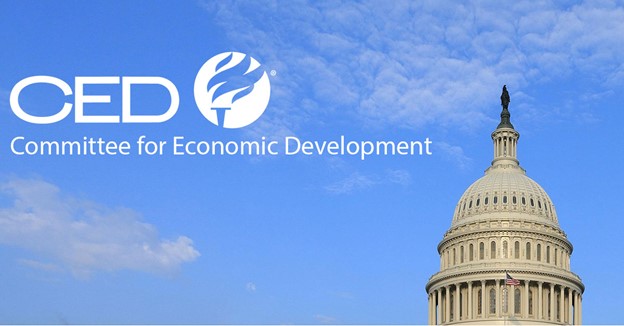
March 31, 2020 | Report
As the Novel Coronavirus (COVID-19) crisis continues, communications leaders face the expanding challenge of supporting staff safety, company reputation, and operational viability. They do their jobs under the critical gaze of stakeholders, the risk of missteps compounded by social media activism. To help communications leaders during this trying time, we have synthesized insights from ongoing conversations with our internal experts and member network.

July 27, 2022 | Newsletters & Alerts

May 11, 2022 | Newsletters & Alerts
